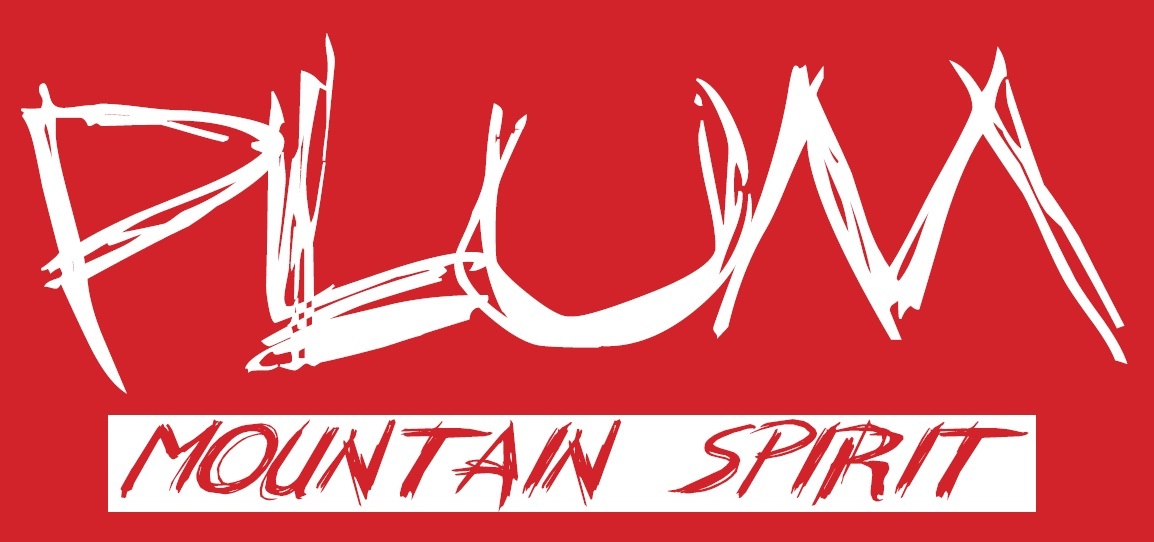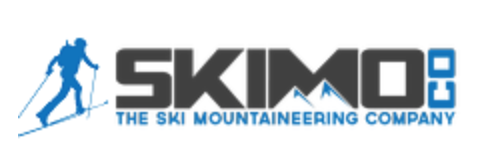Recovery Science
 Monday, March 29, 2010 at 04:32PM
Monday, March 29, 2010 at 04:32PM I've been going to the line in various athletic competitions since I was 14 years old. I joined my high school swim team and began my infatuation with suffering. Honestly, I don't think there's any high school sport that even comes close to swimming in terms of training volume, intensity and general discomfort. The rising popularity of rowing in high school athletic programs might rival swimming nowadays but crew wasn't an option when I was a kid. Oh sure, football players love to think they're such bad asses doing two-a-days in the August heat. But let's face it, they're standing around doing nothing half the time and their actual efforts last about 10 seconds. Compare that to swimmers doing between 8,000 and 14,000 yards a day in the typical program. Hell, back then, before we knew better, we did hard intervals everyday and did so without drinking a drop of liquid or downing a single calorie for the typical 2.5 to 3 hour workout. God, we were a bunch of over-trained knuckleheads!
Our reward for all our dedication came at the end of the season a few weeks before the big championship meet when we got to experience the mythical "taper". During my first season, I heard about this and looked forward to it like my more experienced teammates said I should. Sure enough, the time came, the training volume dropped precipitously and we got to hang out working on our tans in between short, hard efforts in the pool. As the coaches expected, we recharged, got faster and were ready for a top performance when the time came.
Now, over 30 years later, I'm still going to the line, ready to race and test myself against my peers. I've traded my little nut-hugger swim suit for expensive carbon fiber and two wheels, sometimes skis, but still have the same passion I did when I first started. I spend a lot more time thinking about these pursuits and even write about it a bit here, as you know. Older but still competitive athletes have additional challenges when preparing for events, with full-time jobs, families and other pressures complicating the peaking process. Working through all of it and coming to the line with all guns blazing is a daunting task.
Are you recovered?
Most of us go to the line, look around at our competitors and wonder if we've done the work we need to get ready. Do the others work as hard, do as many intervals, practice their sprint and generally want it as bad as we do? Those are the typical questions running around in our heads. But how many of you go to the start, look around and wonder how recovered each rival is? They looked ripped, lean, muscular, fit...but do they look recovered? What would that look like anyway? How would you know? Probably don't give it much though at all. But you should for here lies the future of training.
Sports scientists have been devising ways to torture us, make us stronger and faster and allow us to go farther for decades. You can find thousands of volumes written about this aspect of conditioning. But finding a consensus on how to recover and rest prior to a key performance is lacking in the literature. It's not for lack of trying. The literature is rife with attempts at finding such a measure that would tell us when we're "ready". But to date, we're left with each athlete's or coach's sense of when an athlete's recovered enough to perform at the level they seek. Sometimes we don't seek the "best" form, knowing that should be reserved for the so-called "A" race. But we still need to time our training and recovery bouts so that we can perform how we want at various times throughout the season.
Rolling the dice
As any top-level athlete will tell you, this determination can be a crap shoot at times. The more experienced the athlete, often the better the guess at the timing. Olympic and World Championship dreams are fulfilled or crushed on these notions. Huge sums of money are spent by sponsors and national team organizations in the quest for a performance by an athlete worthy of their investment. Seems kind of crazy that we can't be more precise about it, considering what's at stake.
Lots of data, no consensus
A review of the literature reveals a wealth of attempts at increasing the precision of timing peak performance. I could cover the literature here in several sleep-inducing pages but I will spare you. Suffice it to say that numerous investigators have looked at various objective measures, some invasive requiring blood draws and expensive testing, some less invasive looking at urine or cardiac response (heart rate). Briefly, objective laboratory measures include various immune function markers (IgA, leukocyte membrane antigens, T-cell, B-cell and natural killer cells), catecholamine levels (epinephrine and norepinephrine), urine cortisol levels, plasma glutamine, serum urea and creatine phosphokinase, erythrocyte and total leukocyte counts and estimated sedimentation rate (ESR) among others. Other objective measures for training "staleness" and "over-training" include waking heart rate, hours slept, maximal test performance and maximal blood lactate (invasive but cheap and easy to perform). Subjective measures like mood, sense of well-being, training performance sensations and rate of perceived exertion (RPE) have also been extensively investigated.
Obviously, for the average athlete, most of the blood tests mentioned above have no utility in the typical program. Even for well-funded professional teams, using such measures is hugely impractical. And even if an athlete could utilize these expensive tests to monitor their training, there is little consensus as to how reliable and valid many of them are. Fortunately, some of the least expensive and non-invasive measures like sleep quantity/quality, mood and training performance end up correlating well to various training states. Some of the longer studies following athletes for several months show some predictive value in the subjective measures weeks prior to an athlete being qualified as "stale" or "over-trained". Basically, feeling shitty, in general, leads to performing shitty not soon thereafter.
Arguably, not one of these "easy" measures predicts training state accurately all by itself. Put all your eggs in one basket and you will probably be wrong about your condition most of the time. That leaves most of us winging it and hoping for the best. The self-aware athlete may be able to accurately assess their training state day by day and adjust training loads appropriately. On the other hand, the typical age-group triathlete may not have the ability to recognize an over-training state sneaking up on them. Enthusiasm often trumps common sense in these individuals. Coaches have the added task of adjusting training loads to accommodate each athlete's response. One size does not fit all. Furthermore, occasionally treading the fine line between over-reaching and over-training can yield significant jumps in performance if managed appropriately. Until recently, there has not been one best way to monitor all these issues.
The Future of Training Science??
Enter Recovery Science and Technology (ReST) and their new on-line recovery tool, Restwise. Developed by long-time endurance athletes turned entrepreneurs, Jeff Hunt and Matthew Weatherley-White, the tool may provide a solution to all these problems. In collaboration with some very smart sports scientists and an MIT graduate math and computer guru, they developed a user-friendly, internet-based software program that lets anyone monitor their recovery with previously unseen detail and possible accuracy. I say "possible" because, although the initial buzz about the product is significant, it has only just been released and so lacks a track record to back up the excitement. You can read a little about the initial release here.
The science behind Restwise is sound. It uses a handful of easy-to-obtain indices to determine one's "recovery score" for any given day. The following metrics are used: resting heart rate, body weight, oxygen saturation, sleep quantity/quality, appetite, previous day's training performance, hydration, mood state, well-being, energy level and muscle soreness. Arguably, any one of these measures would not, by itself, predict recovery state too well, but added together with the others, the statistical power of the tool increases significantly. The elegance is in the proprietary mathematical algorithm Restwise uses to weight each measure. Most of us simply don't have the analytical chops to dissect something like this. Fortunately, for about $179 a year, including the Pulse Oximeter used each morning to measure waking heart rate and oxygen saturation, you can avoid the endless number crunching and have access to the Restwise software that does it all for you.
What you end up getting is a pretty sexy-looking graph with the data points laid out in front of you. Over time, the tool gains sensitivity to variations in input and the trends in recovery become more apparent and accurate. "Give it at least a month," says Weatherley-White, "before acting on the information." The tool gets better the longer an athlete uses it.
I've been using Restwise for a couple of weeks now. One thing that occurred to me early on and has been confirmed by the developers of the tool is that an athlete must be brutally honest about the subjective data points. It's easy to lie to yourself about how you are really feeling and skew the data. Those points then become useless, of course, and the utility of Restwise diminishes significantly. You may ask why someone would do such a thing. Well, I think it has to do with the type of individual that seeks out a device like this with the desire to monitor this stuff. We are all over-achievers (at least in our own capacity) in some or all aspects of our lives. We want to excel. Perhaps even a little obsessive-compulsive. As you enter data into each day's entry form you essentially have an opportunity to admit to "underperforming" in sleep, mood, hydration, etc. This may be hard for some individuals to come to grips with. Unless a user reconciles this issue, the ultimate usefulness of Restwise for these athletes is dubious, at best.
Uncharted territory
For me, Restwise provides an avenue to travel outside my lifelong comfort level of always being fit but, perhaps, never at my optimal performance potential for any one event. I rarely find myself in too big of a training hole that I can't get out of with a few days rest or reduced training. I come to the line reasonably ready every time. That's not necessarily a bad thing as I get to race damn well most of the time. However, one could argue that by never going too deep in training and allowing myself a prolonged "taper", I will never experience a truly great day when it matters most.
So, you can follow along with me for the next few months as I dance on the edge a bit, using Restwise to gauge my progress (or decline, as it might be), and see if I can't ferret out one of those great personal performances every athlete seeks but few experience. Maybe I'll finally get to really break some legs! - Brian






Reader Comments (1)
Brian, in your research, or personal experience, what do you think is the best course for an athlete that does hit the overtrained state midway through the season? I feel that may have happened to me this skimo season and I still have 3 races to go. Along those lines...how long do you think it takes an athlete to recover from an overtrained state?